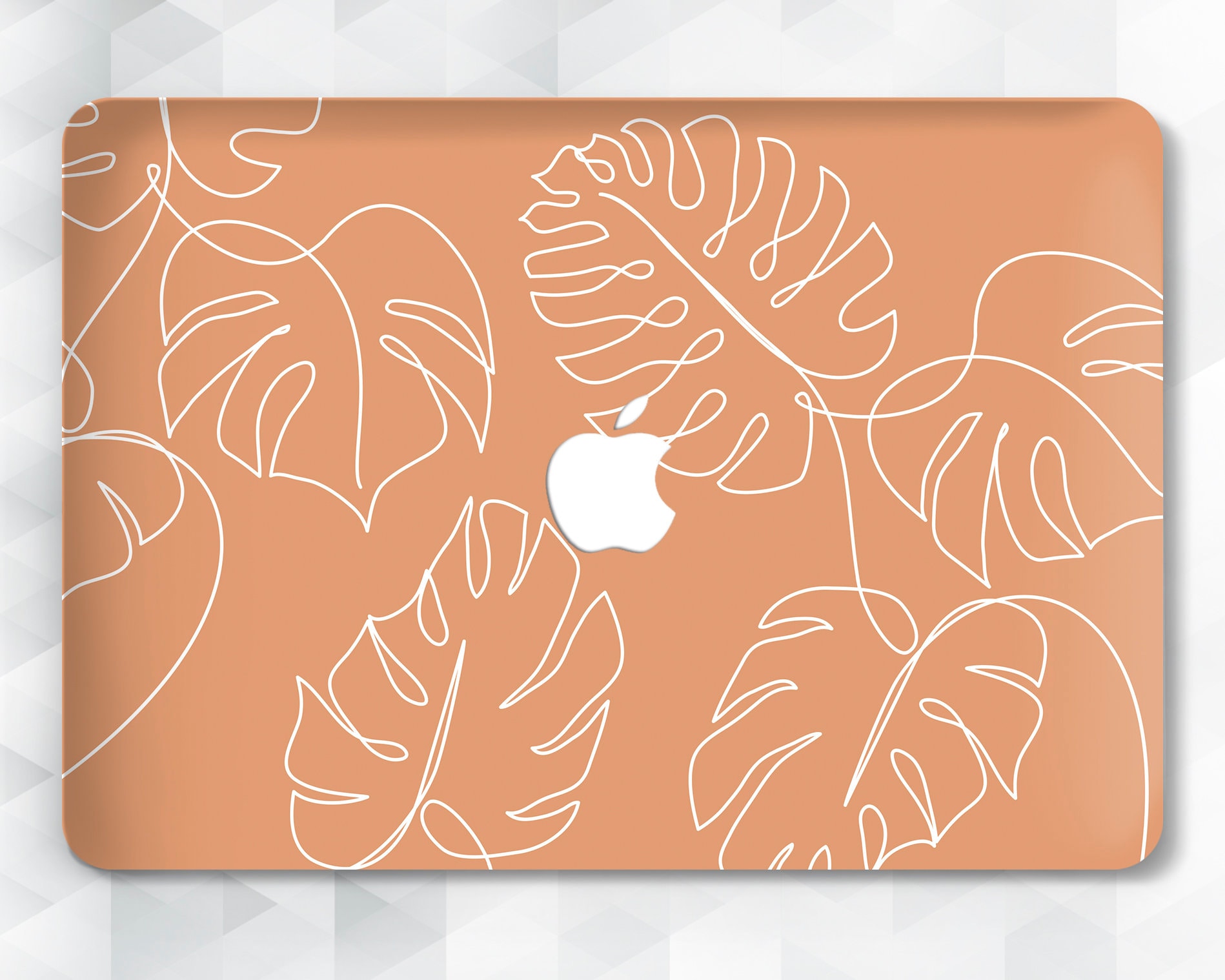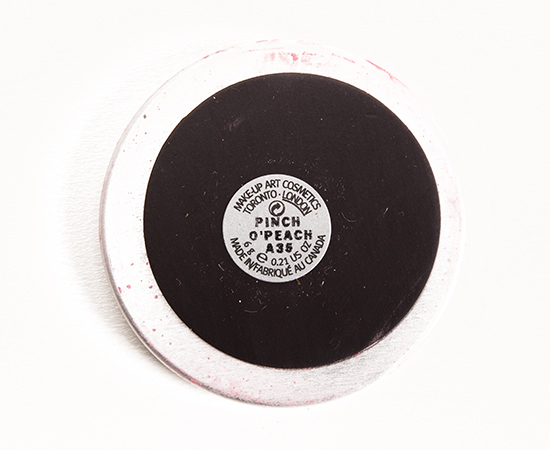

Chest RadiographĪ posterior-anterior chest radiograph is used to detect chest abnormalities. The TB blood test measures the patient’s immune system reaction to M. The test is read within 48 to 72 hours by a trained health care worker, who looks for a reaction (induration) on the arm. The Mantoux tuberculin skin test is performed by injecting a small amount of fluid called tuberculin into the skin in the lower part of the arm. Additional tests are required to confirm TB disease. The Mantoux tuberculin skin test (TST) or the TB blood test can be used to test for M. Physical ExaminationĪ physical exam can provide valuable information about the patient’s overall condition and other factors that may affect how TB is treated, such as HIV infection or other illnesses. Also, clinicians should determine whether the patient has medical conditions, especially HIV infection, that increase the risk of latent TB infection progressing to TB disease. It is also important to consider demographic factors (e.g., country of origin, age, ethnic or racial group, occupation) that may increase the patient’s risk for exposure to TB or to drug-resistant TB. Medical HistoryĬlinicians should ask about the patient’s history of TB exposure, infection, or disease. How Do You Evaluate Persons Suspected of Having TB Disease?Ī complete medical evaluation for TB includes the following: 1. If TB disease is in other parts of the body (extrapulmonary), symptoms will depend on the area affected. If TB disease is in the lungs (pulmonary), symptoms may include:


TB disease should be suspected in persons who have the following symptoms: TB is a disease caused by Mycobacterium tuberculosis.
#TB PEACH FOR MAC PDF#
( PDF pdf icon – 35k) Diagnosis of Tuberculosis Disease When Should You Suspect Tuberculosis (TB)?


 0 kommentar(er)
0 kommentar(er)
